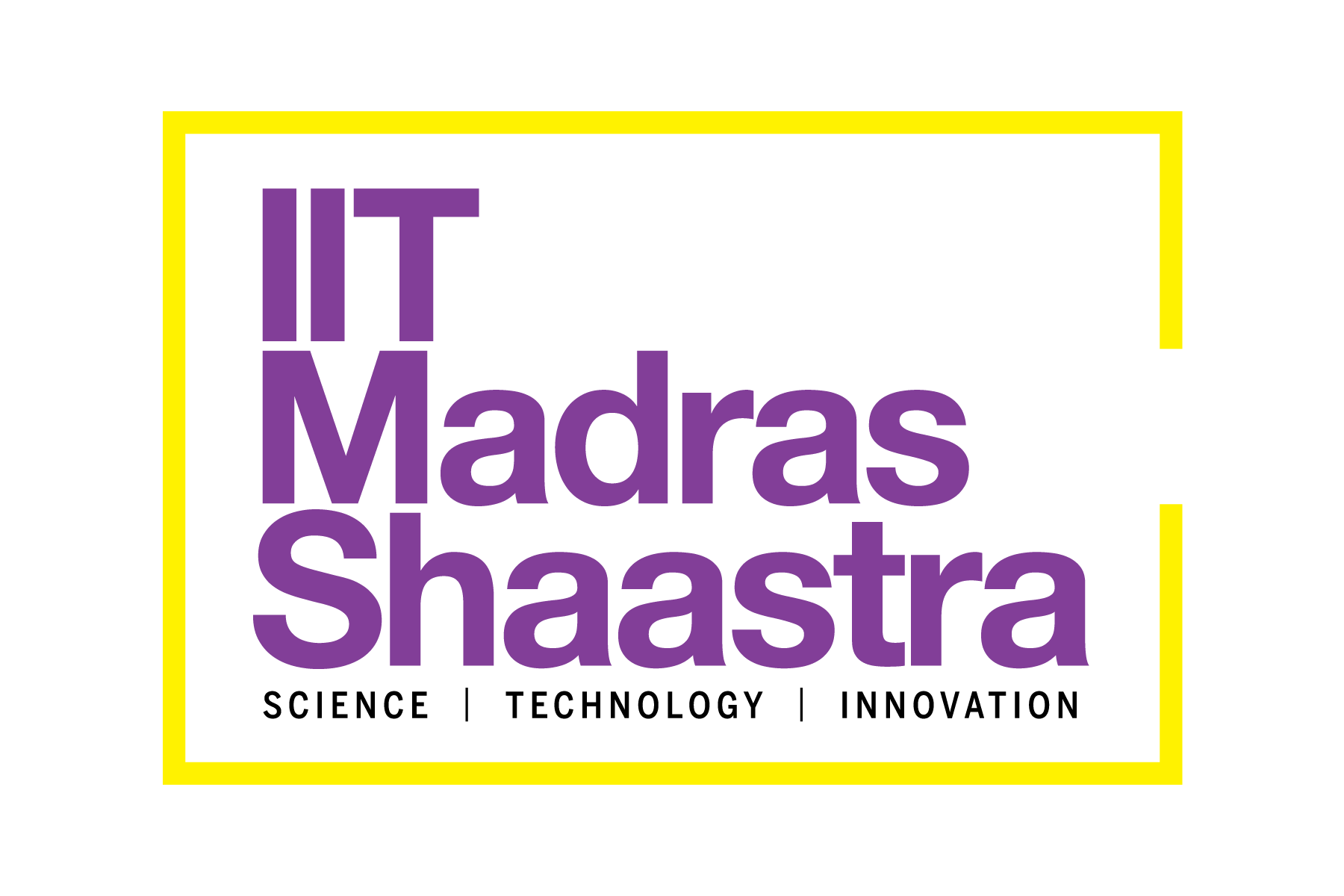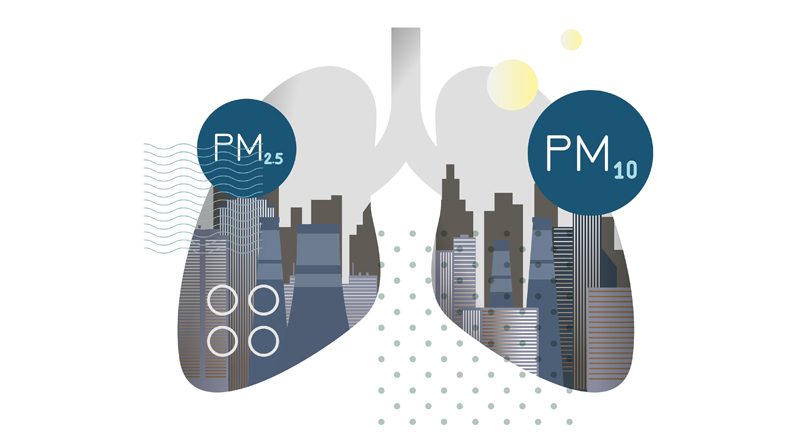More power to them
-
- from Shaastra :: vol 04 issue 09 :: Oct 2025

Quadcopter flight endurance could benefit from a demonstrated surge of power and stability.
In an earlier time, quadcopters served as assignments for aerospace engineering students and playthings for enthusiasts. Today, they have emerged as versatile tools for surveillance, mapping, atmospheric research, search-and-rescue, and even delivery applications. But their limited range – held back by short-lived batteries and the slow response of internal combustion engines – has been a major drawback.
Now, aerospace engineers at the Indian Institute of Technology Madras have demonstrated that an internal combustion engine can be harnessed to power and stabilise multi-rotor drones (bit.ly/quadrotors-combustion). This technical breakthrough could greatly extend quadcopter flight endurance and open up new possibilities for longer missions.
Quadcopters are unmanned aerial vehicles or drones that typically weigh 1-100 kg and are propelled by four rotors that allow the vehicle to move upward, downward, forward, backward, sideways, or just hover in place. They are controlled through a mix of electronics, batteries, and software. Standard lithium-ion batteries provide 100-200 Watt-hours (Wh) per kg, a small fraction of the 12,000 Wh per kg available from petrol or 13,000 Wh per kg from diesel, giving combustion engines a huge energy edge that could power much longer flights. Quadcopters that can fly 30 to 45 minutes on batteries could, in principle, fly for four to five hours powered by internal combustion engines.
"The main hurdle has been control: finding a way to control the internal combustion engine so that it delivers the exact power that each rotor requires to maintain its specific speed," says P.A. Ramakrishna, Professor of Aerospace Engineering and head of the Rockets & Missiles Lab at IIT Madras.
A quadcopter is an inherently unstable vehicle: it cannot hover or fly on its own without continuous adjustments to the rotors' speeds. Unlike a fixed-wing aircraft or a helicopter with a single main rotor and a tail rotor, a quadcopter's four rotors generate forces that need to be continuously balanced, moment by moment, to maintain the aircraft's stability. During flight, for instance, gusts of wind might require changes in the speed of one or more of the rotors to maintain the aircraft's balance, orientation, and flight path. In battery-powered vehicles, electrical signals achieve this in microseconds. This inherent instability means that controlling a quadcopter powered by a conventional internal combustion engine is especially challenging, requiring precise and continuous adjustments to the rotor speeds.
Now, Ramakrishna and his colleague J.G. Manathara and research scholar A. Joseph have designed a smart throttle controller – a system that continuously monitors the speed of each rotor and adjusts the throttle automatically to keep it stable. It works somewhat like an automatic car's cruise control: it senses when the speed is too high or too low and makes adjustments to return it to the right level. This allows the quadcopter to remain balanced and stable even when wind gusts or other factors disturb it.
They used a 35cc two-stroke single-cylinder engine weighing 1.2 kg and rated for a maximum 8,500 revolutions per minute (rpm), suitable for applications with payloads between 5 kg and 10 kg. They tested the throttle-control mechanism for rotor speeds of 3,500-6,300 rpm.
They found that the throttle controller improved the response and stability of the internal combustion engine. Without such control, small internal combustion engines tend to fluctuate in speed, even when the throttle level is kept constant, making it difficult to maintain balance. The controller allowed the engine to reach the target speed quickly and hold it within a narrow margin, ensuring that each rotor delivered consistent lift. In tests, speed variations dropped from as much as 500 rpm to around 100 rpm, a threshold suitable for stable flight.
The team tested the controller on a two-rotor model mounted on a seesaw platform. This allowed the researchers to monitor how well the controller kept the vehicle level as the rotors adjusted to simulate real-world disturbances.
Other experts note that a quadcopter with an internal combustion engine is mechanically more complex than an electric system, and that the added complexity could affect reliability. More moving parts could potentially mean lower reliability, and further research would be needed to integrate internal combustion engines into quadcopters and address such challenges, they add. Even so, the IIT Madras work represents a significant advance towards internal combustion engines that can keep quadcopters aloft for hours, far beyond battery limits, opening the possibilities of long-duration missions that were previously impossible.
Have a
story idea?
Tell us.
Do you have a recent research paper or an idea for a science/technology-themed article that you'd like to tell us about?
GET IN TOUCH














